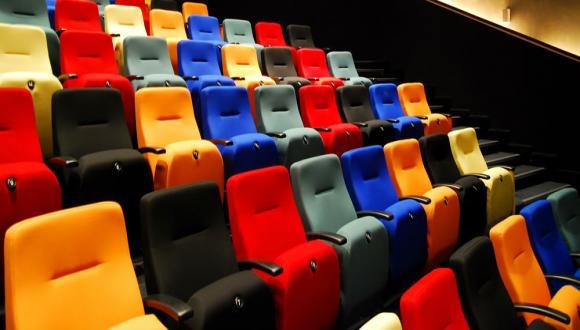Unraveling nerve-epithelial interactions and corneal biomechanics in the healthy and diseased cornea
You are cordially invited to a special seminar of the Department of Cell and Developmental Biology
By:
Yael Efraim, PhD
Department of Cell and Tissue Biology
University of California San Francisco (UCSF)
Unraveling nerve-epithelial interactions and corneal biomechanics in the healthy and diseased cornea
Dry eye disease, a chronic manifestation of various autoimmune conditions such as Sjögren’s disease, significantly impairs patients’ vision and overall quality of life. Despite its well-defined clinical criteria, the lack of understanding regarding the underlying mechanisms of disease progression and the absence of early markers makes both early diagnosis and treatment formidably challenging. In this study we utilized the autoimmune regulatory (Aire)-deficient mouse model of autoimmune-mediated dry eye, employing a comprehensive approach integrating genome-wide transcriptomic analyses (both single-cell and bulk RNA sequencing), atomic force microscopy (AFM), and high-resolution imaging. Our objective was to unravel the genetic, cellular, and biomechanical changes in the cornea during the progression of dry eye disease.
For the first time, we demonstrate significant early-stage biomechanical shifts in the cornea preceding chronic inflammation. This involves a complete reversal of tissue tension and aberrant activation of mechanosensors during the initial disease phases. Additionally, our investigation reveals extensive disruptions in extracellular matrix (ECM) synthesis and collagen organization within the stroma, which constitutes 90% of the cornea, along with the loss of the basement membrane separating the stratified epithelium from the stroma. Importantly, our study also provides evidence of severely reduced nerve supply to the cornea at early disease stages.
Remarkably, the application of topical lubrication alone promotes the regeneration of the stromal compartment. Our single-nuclei RNAseq of the cornea reveals the extensive heterogeneity of stromal keratocytes, with lubrication potentially inducing a reparative state in keratocytes, contributing to stromal regeneration by inhibiting the IL-1-induced MAPK signaling pathway. Unfortunately, lubrication alone couldn't restore epithelial integrity, and no improvement was observed in the clinical signs of dry eye disease. However, the topical application of the synthetic tear protein Lacripep effectively mitigates the pathological outcomes of dry eye by restoring the extensive network of corneal nerves crucial for tear secretion, barrier function, epithelial homeostasis, and wound healing.
Ultimately, it was fascinating to discover that the regenerative impacts of both lubrication alone and Lacripep persist despite substantial infiltration of immune cells, indicating the possibility of achieving tissue reinnervation and regeneration in the context of chronic inflammatory conditions and presenting promising opportunities for therapeutic intervention.
The Seminar will take place on Wednesday, December 27, 2023 at 10:30 At the Faculty of Medicine Building, Room 201


